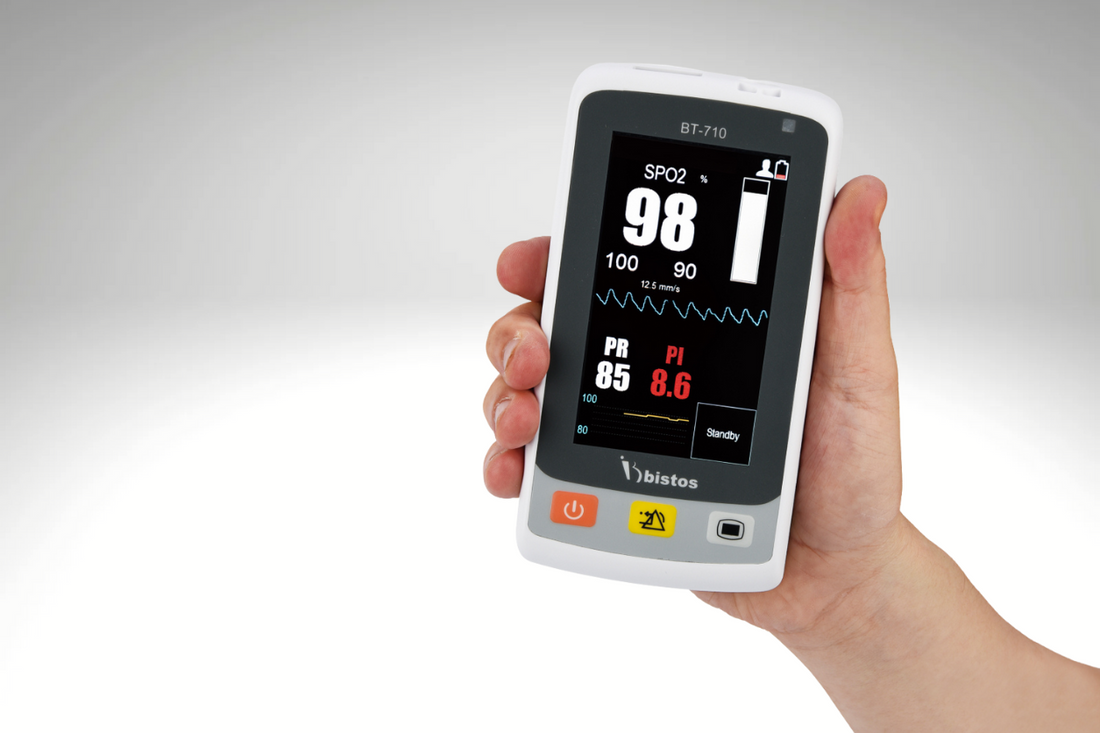Pulse oximeters are very useful pieces of medical equipment, measuring blood oxygen levels and the pulse in a noninvasive way to detect even small changes in your oxygen levels to determine how efficiently blood carries oxygen to your extremities.
The device itself is small and can clip easily onto the body, typically attached to a finger in order to take accurate readings and monitor the health of anyone with conditions that affect blood oxygen levels, such as asthma, anaemia, pneumonia, chronic obstructive pulmonary disease, lung cancer and so on.
In hospitals, doctors use these gadgets for various applications, ranging from assessing the effectiveness of new lung medications and evaluating the effectiveness of ventilators to identify sleep apnoea, to assessing the ability to tolerate physical activity and monitoring oxygen levels after surgery and sedation.
While pulse oximeters are widely used in hospitals and other medical settings by healthcare professionals, other businesses could benefit from keeping them onsite as well, including sports and fitness centres, private aviation operators and mountain climbing organisations.
Individuals may also want to keep one of the devices at home, if they have health conditions that require regular monitoring.
Oximeters are relatively easy to use, with the probe usually attached to a finger, toe, an earlobe or the nose, with the results produced within just a few seconds.
It’s not a painful process, with a cold light source used that shines a light through the fingertip (or other body part). The device analyses this light and works out the percentage of oxygen in red blood cells, helping to determine the right course of treatment. A normal oxygen saturation level would be between 95 and 100 per cent.

